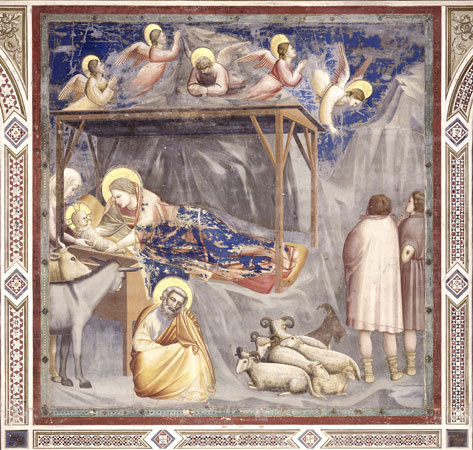A Little Blog for George Crumb at Christmas, A.D. 2015
When I mention to people that, after years of staring at the score, I’ve finally gone through with learning George Crumb’s “Little Suite for Christmas A.D. 1979” they usually respond with one word—okay, two: “Aw, cute!”
Before the physically imposing (and surprisingly so) score arrived at my home those couple years ago, I too had framed it as a kind of quaint thing; fifteen minutes, brief movements, not amplified, and requiring the pianist to spend relatively little time ‘under the hood’ creating effects.
It took until this season and deciding to put on a George Crumb Christmas concert for me to actually learn the piece. In the process, I’ve found that while it’s a work of great restraint, the music is hardly… well, cute.
Not to me, at least. I keep trying to figure out these sounds. What do they remind me of? Where do they take me? Where can they take my listener? To a church? No. To the desert? Yes. Is it daytime? No. Is it night? Yes. Definitely yes.
The Little Suite is a timeless, trembling music—a kaleidoscope of wonder and fear. The innocence of a child, guiltless in his (His?) own miraculous birth, counterbalanced by what we know will follow: torture, sacrifice, centuries of bloodshed committed in his (His?) name. I hear this in the music.
And I think Crumb saw it in the nativity frescoes by Giotto in Padua that inspired the work.

About Giotto’s frescoes, Katia Amore writes: “Giotto did something entirely new: his figures are not stylized or elongated, they are solidly three-dimensional, have faces and gestures that are based on close observation, and are clothed not in swirling formalized drapery, but in garments that hang naturally and have form and weight…characters face inwards, with their backs towards the observer… [The] Virgin…casts a long, sad look at the Infant. We may suppose that with her power of prescience, she is gazing into the future to the time when she must give Him up to fate. Giotto views the Nativity in an entirely new light - that of intense human drama.” (Amore, Katia. “Revolutionary Giotto: The Nativity Scene Inside Padua’s Scrovegni Chapel.” Italy Magazine, December 2014)
So also does Crumb humanize a story typically told in fairy-tale terms. The work captures the magic and mystery of that one epochal night, but also its pathos.
In the final movement, “Carol of the Bells,” the music’s refrain comes in an almost indistinguishable chord played in the lowest register of the piano, obscured furthermore by a simultaneous glissando on the lowest strings. A kind of blob, it’s one of the most ominous sounds in the whole work. This, to me, is Crumb’s vision forward. The nativity narrative has ended. Now we glimpse its legacy.
A Very George Crumb Christmas | DiMenna Center for Classical Music, NYC | Sunday December 20th, 4:31pm | bit.ly/crumbchristmas



